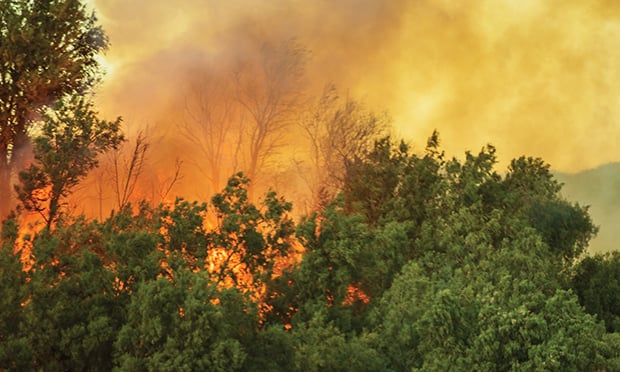 There are a number of factors that can increase the severity and resulting damage from a wildfire. (Photo: Shutterstock)
There are a number of factors that can increase the severity and resulting damage from a wildfire. (Photo: Shutterstock)
There has been no shortage of disasters over the last year affecting insurers. Between wildfires on the West Coast and hurricanes on the East Coast, carriers and their adjusting staffs have faced an abundance of claims.
Recommended For You
Want to continue reading?
Become a Free PropertyCasualty360 Digital Reader
Your access to unlimited PropertyCasualty360 content isn’t changing.
Once you are an ALM digital member, you’ll receive:
- Breaking insurance news and analysis, on-site and via our newsletters and custom alerts
- Weekly Insurance Speak podcast featuring exclusive interviews with industry leaders
- Educational webcasts, white papers, and ebooks from industry thought leaders
- Critical converage of the employee benefits and financial advisory markets on our other ALM sites, BenefitsPRO and ThinkAdvisor
Already have an account? Sign In Now

